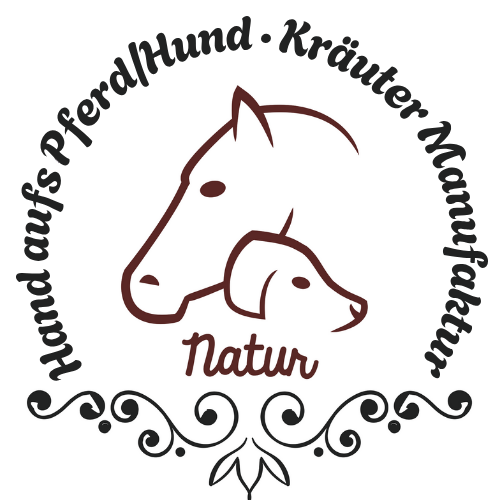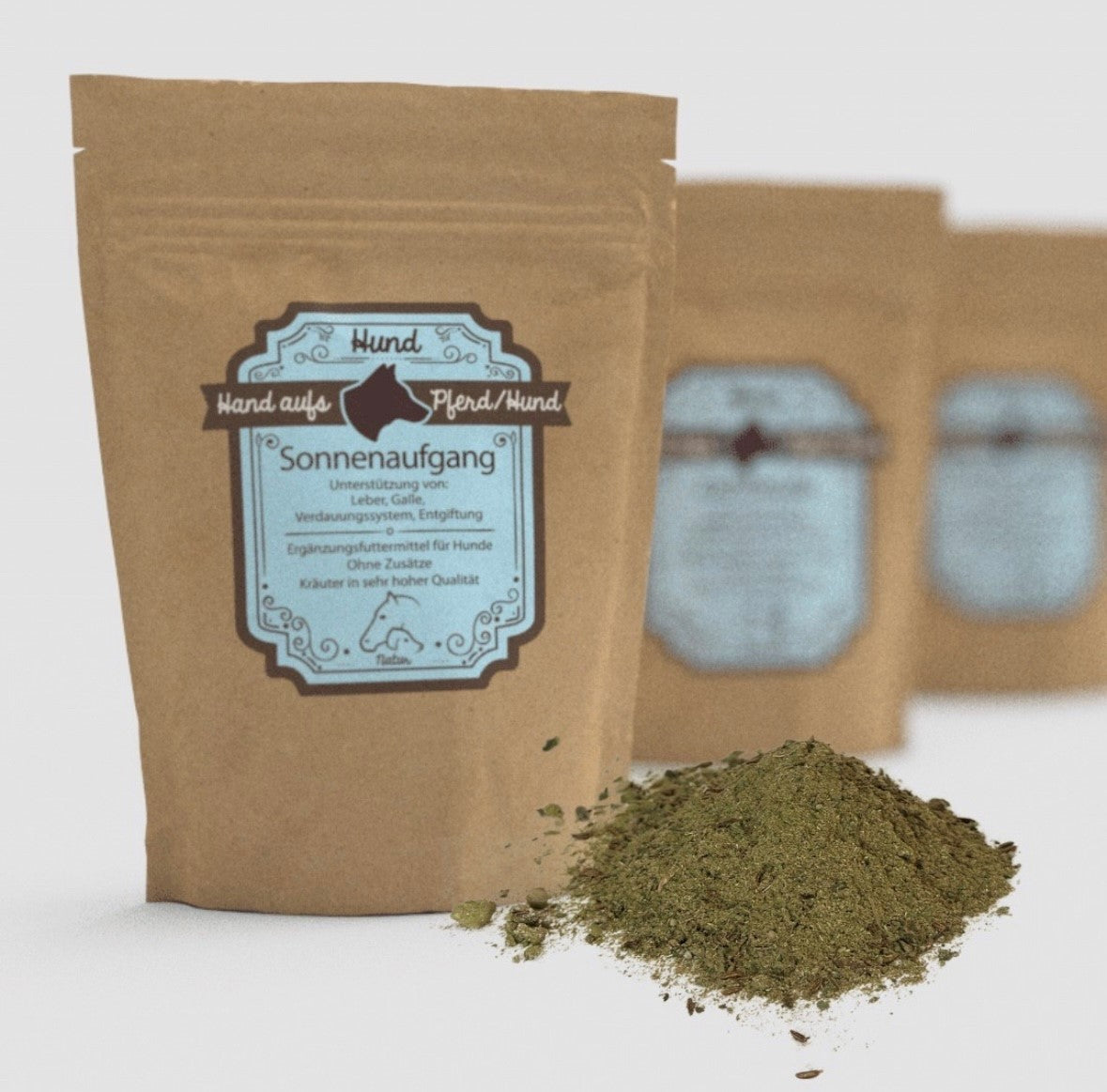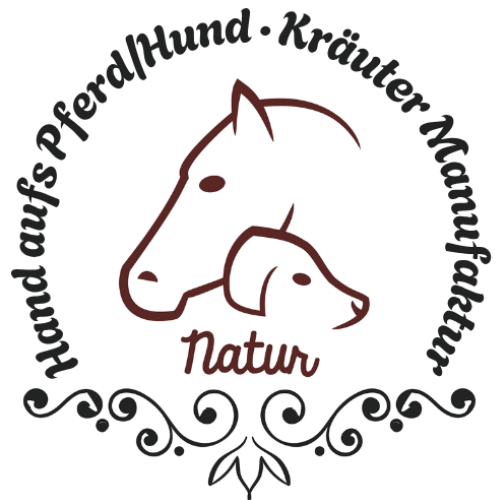
Claw bed inflammation in dogs – recognition and treatment
Claw bed inflammation in dogs – recognition and treatment
Pemphigus foliaceus, also known as pemphigus foliaceus, is a painful inflammation of the tissue surrounding a dog's claws. This condition can be caused by various factors such as infections, injuries, or allergic reactions and requires targeted treatment.
Causes of claw bed inflammation in dogs: A closer look
Onychia is a painful condition that can be triggered by various factors. Here are the most common causes in detail:
Injuries and trauma
One of the most common causes of claw bed inflammation is physical injury. This can be caused by external factors such as catching the claw in carpets, hard surfaces, or stepping on sharp objects. Such injuries often lead to small cracks or fractures in the claw or surrounding tissue, which provide entry points for infection.
Bacterial and fungal infections
Bacteria such as Staphylococcus or Streptococcus can infect the claws and surrounding tissue, especially if there is already an injury or a weakening of the skin barrier. Fungal infections, often caused by dermatophytes such as Microsporum or Trichophyton can also infect the claws and cause inflammation. These infections are particularly problematic because they attack the structure of the claw and can affect its growth.
Allergies and autoimmune diseases
Allergic reactions to environmental factors such as pollen, grass, or certain foods can lead to hypersensitivity reactions that also affect the paws and claws. Autoimmune diseases, in which the immune system attacks the body's own tissue, can also cause inflammation of the claw bed. One example is pemphigus foliaceus, a disease that affects the skin and mucous membranes.
Foreign body
Foreign bodies such as small stones, glass fragments, or thorns can become embedded in the skin around the claw and cause mechanical irritation and infection. These foreign bodies can be difficult to detect, especially if they are embedded deep in the tissue.
Genetic predisposition and anatomy
Some dog breeds are more prone to nail bed inflammation due to their anatomy or genetic predisposition. Dogs with long hair between their toes or those with dense nail growth are at increased risk of inflammation, as these conditions encourage the penetration of foreign objects and make cleaning more difficult.
Poor paw care
Inadequate grooming, such as neglecting nail trimming or not cleaning the paws after walks, can also lead to problems. Dirt, bacteria, and moisture can become trapped in the paws and cause inflammation.
Detection of claw bed inflammation
Typical symptoms of claw bed inflammation are redness, swelling, and tenderness of the affected claw. The dog often shows Pains and frequently licks or bites the affected area. Pus may also form, indicating a bacterial infection. In advanced cases, the claw may be deformed or loose.
An accurate diagnosis should be made by a veterinarian, as similar symptoms can also be caused by other problems such as foreign bodies or tumors. Early diagnosis is crucial to avoid serious complications.
Treatment options
Treatment depends on the cause of the inflammation. Bacterial infections require antibiotics, while fungal infections are treated with antifungals. In cases where an allergy or foreign body is the cause, the trigger must be removed and anti-inflammatory therapy initiated.
In addition to drug treatment, herbs that immune system Make sure to feed them a strong diet. Make sure to care for the affected areas well. Regularly cleaning and disinfecting the claw helps promote healing and prevent further infection. In severe cases where the claw is severely damaged, surgery may be necessary.
Preventive measures
To prevent claw bed inflammation, attention should be paid to the care of the dog's paws. Regularly trimming the claws and checking for injuries or foreign bodies can reduce the risk. A balanced diet Nutrition and good hygiene contribute to the overall health of the paws.
Nail bed inflammation is a serious condition that requires timely and appropriate treatment. Through attentive care and regular checkups, dog owners can help their four-legged friends stay pain-free and healthy. Regular paw care, such as trimming nails and cleaning paws, are also important preventative measures. A balanced diet with sufficient nutrients and good hygiene also contribute to overall health.
Supporting the immune system with our defense herbs for dogs can also be helpful.



